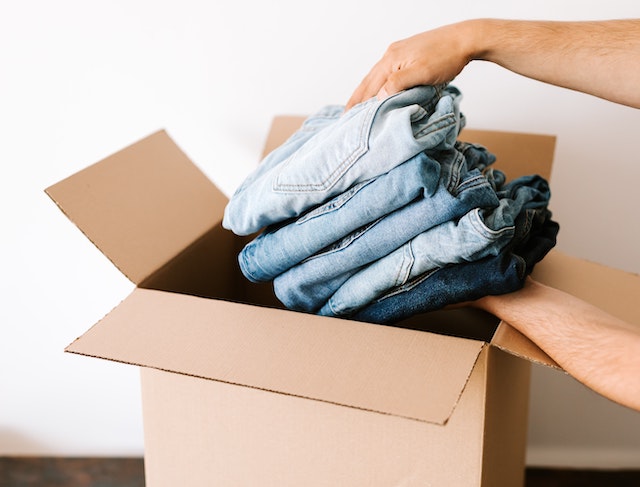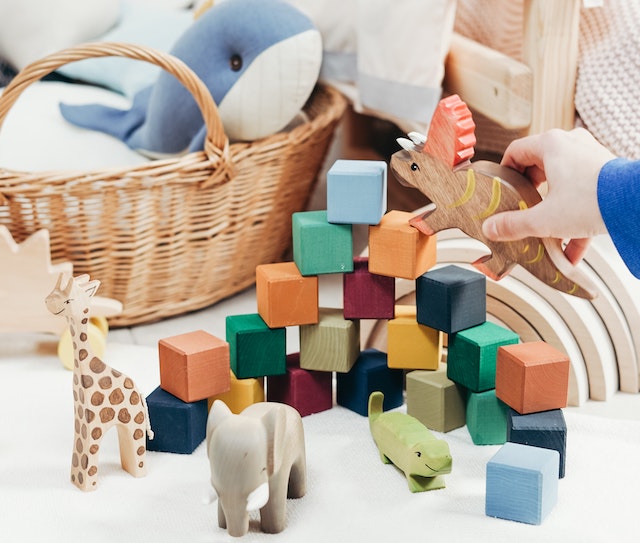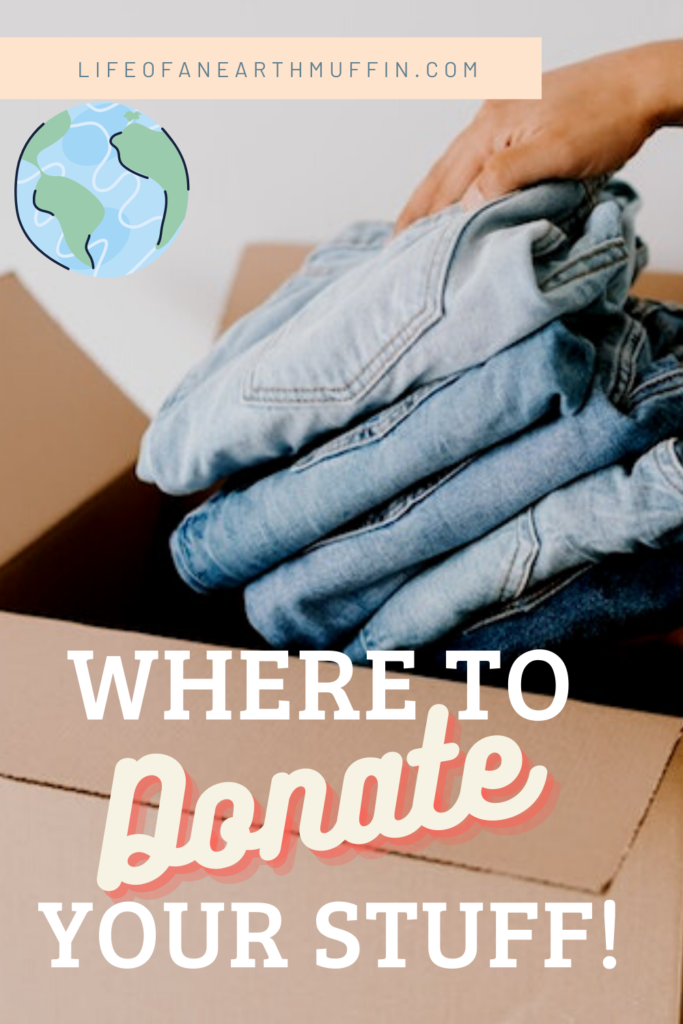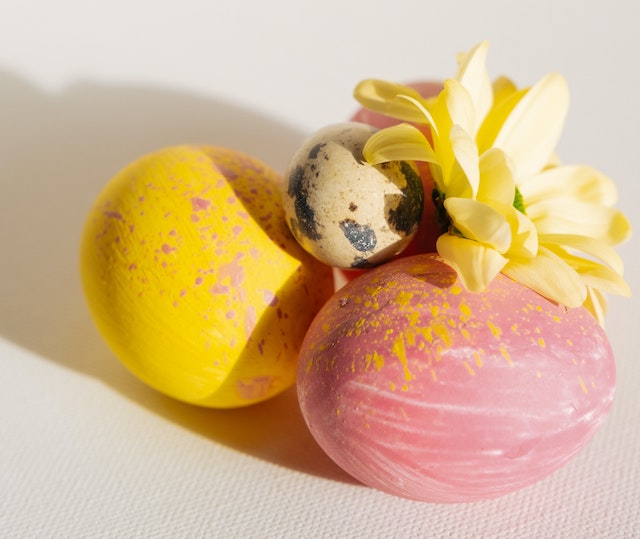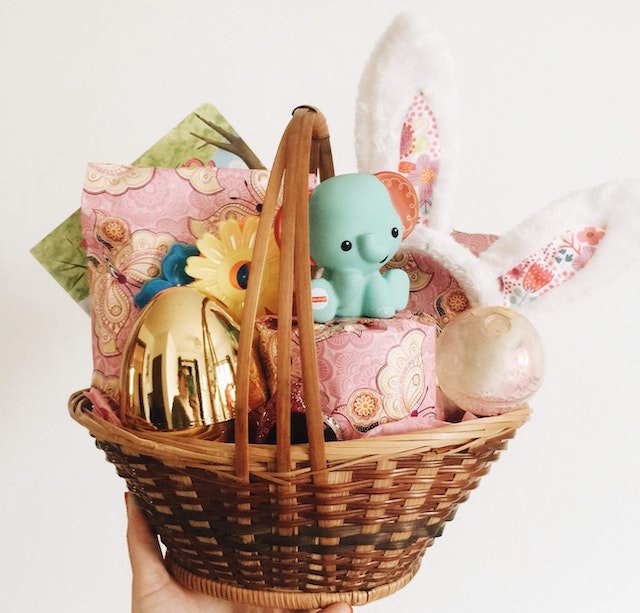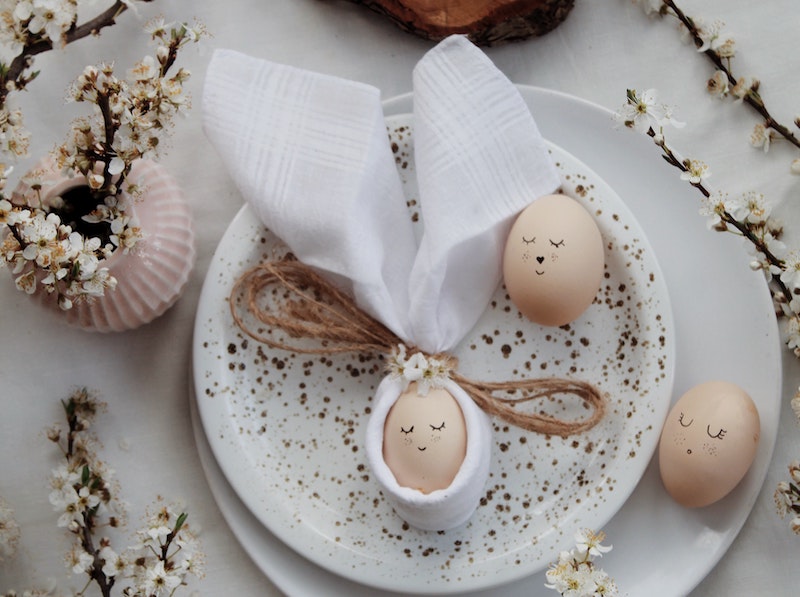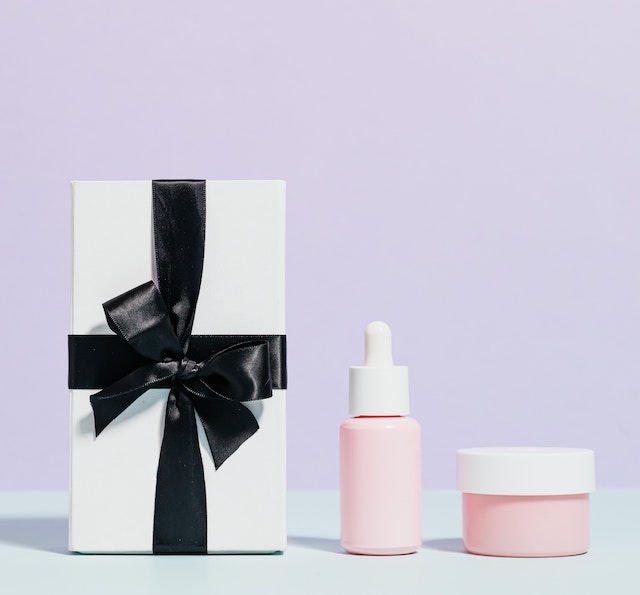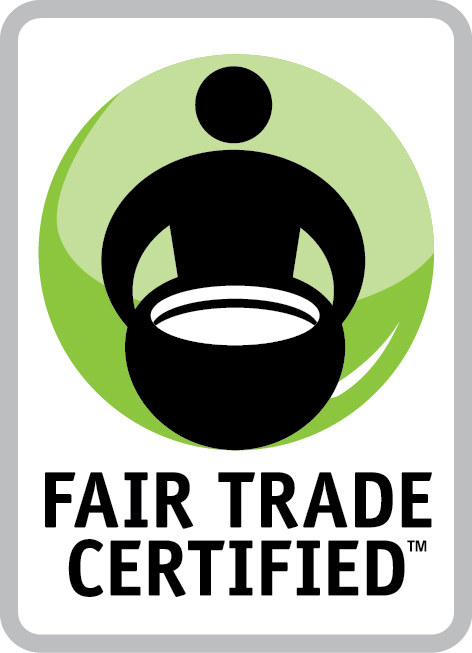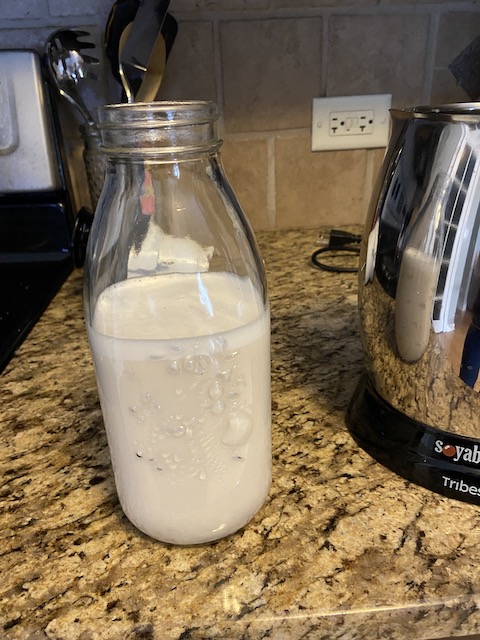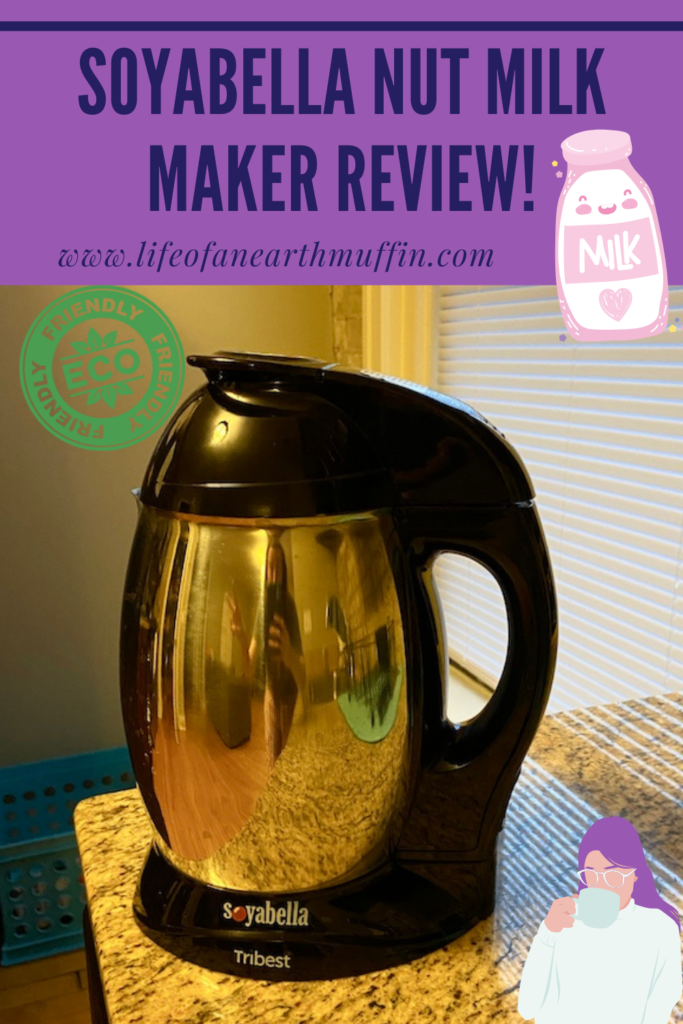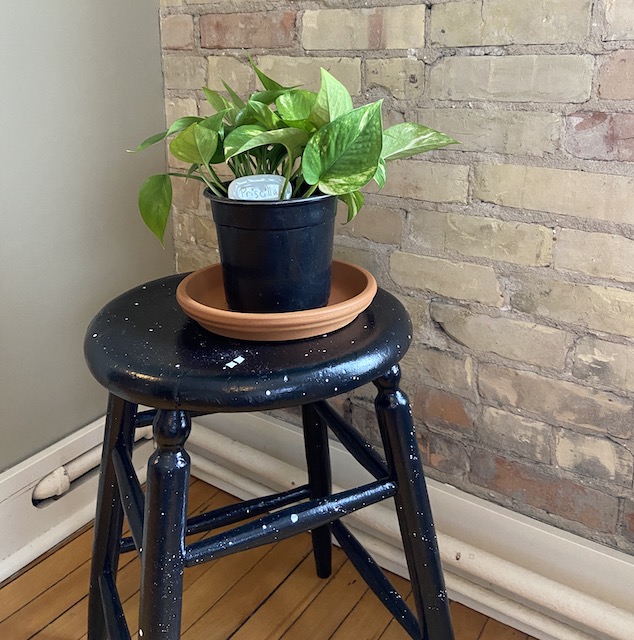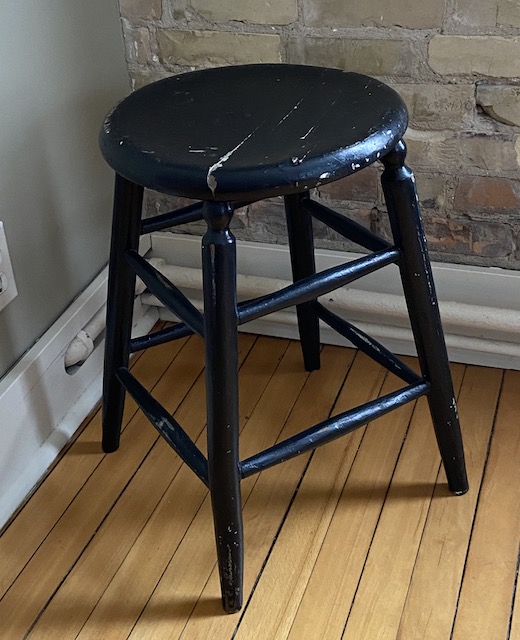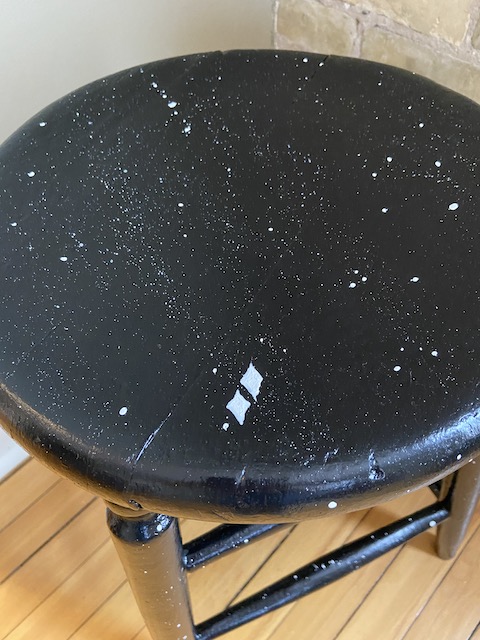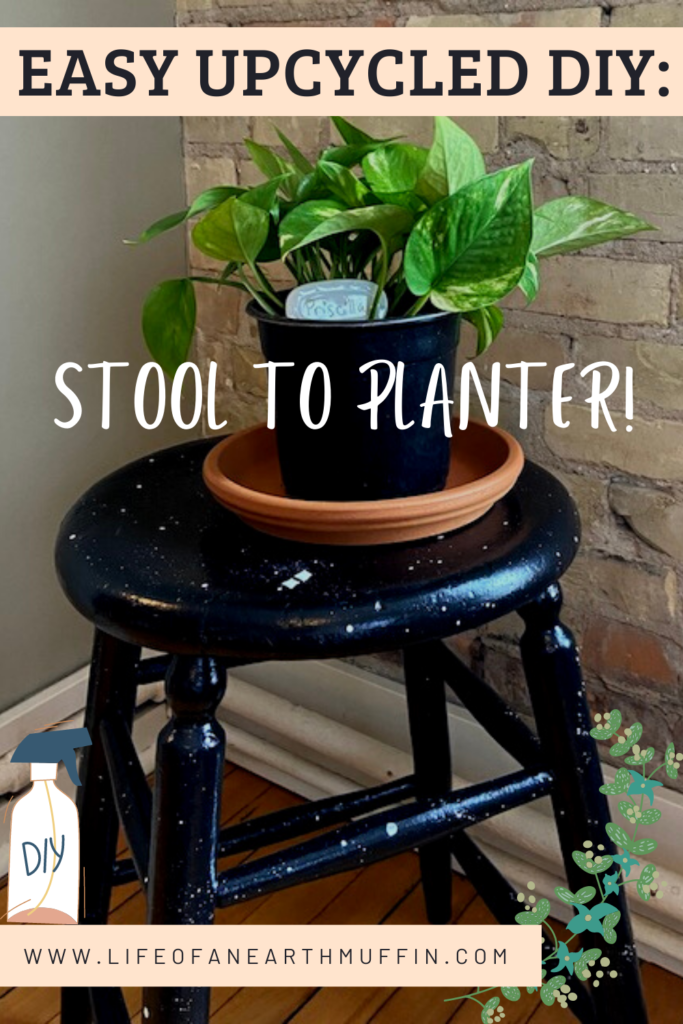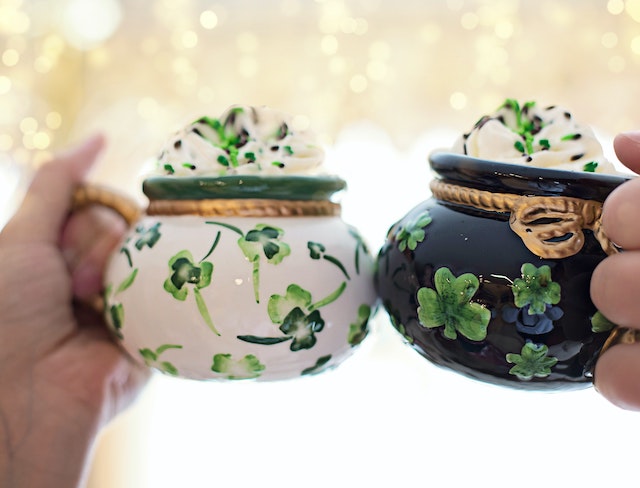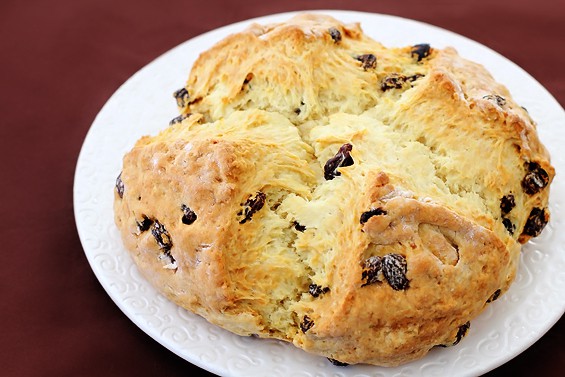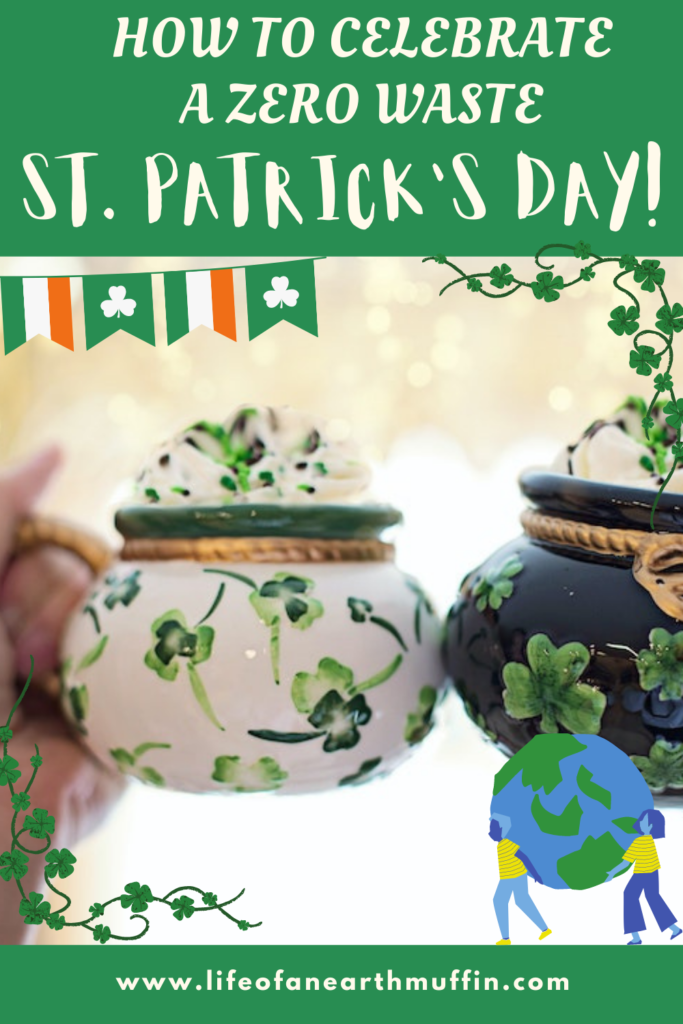Hey earth muffins! If you follow my Instagram, you have seen that I bought myself a Moss Amigo back in February. This was a Christmas gift to myself, as these marimo moss balls are so cute! During the holiday, I went home for a month or so to be with family. My boyfriend was given the responsibility to take care of my plants… And he killed 3 of them (an unfortunate incident with our radiator). 🙄 RIP Harold, Petunia, and Patricia. Because this little guy has been in my plant family for a while, it’s the perfect time for a post about him. Let’s jump right into this Moss Amigos review!
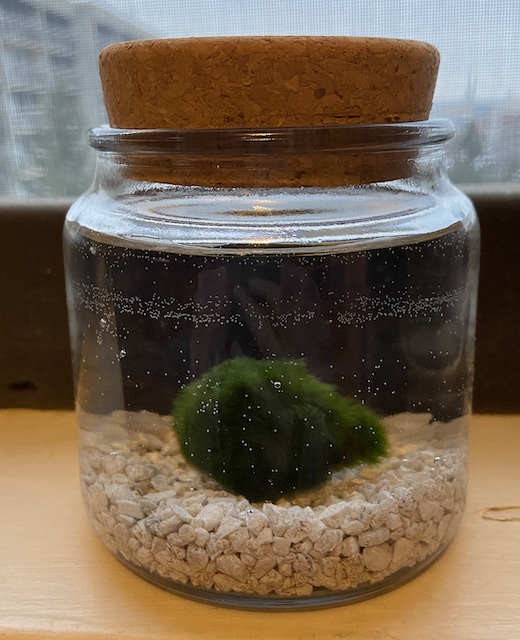
What I Love About my Moss Amigo
The first thing I like about my moss ball is that he adds a bit of “flavor” to my plant shelf. All of my other plants are in pots and planters, including the DIY planter I upcycled; he is unique in his adorable glass jar. I’ve never had a plant that grows in water before too, so it adds a new vibe to the greenery in my apartment! Plus, you can add whatever you want to the bottom of the jar. You can buy different rocks and gems on the website, but you could totally customize this with seashells you find at the beach, etc. He looks adorable sitting on my window sill! 😍
I also love that I am supporting a small business! While this brand isn’t necessarily “sustainable”, I was happy to support it after randomly finding their page on my Instagram. I believe the brand went semi-viral on TikTok a couple of months after I received mine in the mail. Glad I didn’t have to wait when they were swamped with orders!
Taking care of a Moss Amigos is also super easy. While my other plants don’t require a lot of effort, this moss ball is easier still. All you need to do is keep it in a place with indirect sun and then change the water every 2 or 3 weeks. I’ve been replacing the water every 2 weeks, but I probably could wait longer. The water hasn’t gotten cloudy or anything like that, which means my moss ball is thriving! According to the Moss Amigos website, if taken care of properly these algae can last over 200 years!!
It is also easy to tell if your moss ball isn’t doing well. If they are getting too much sun, the ball will get specs of white. If it turns slightly brown, it isn’t getting enough sun. Sometimes it is difficult to decipher what is going wrong in a plant when it starts to change color. It is really helpful (especially for someone who isn’t the best with plants) to know exactly what the discoloration means. Definitely a positive in this Moss Amigos review!
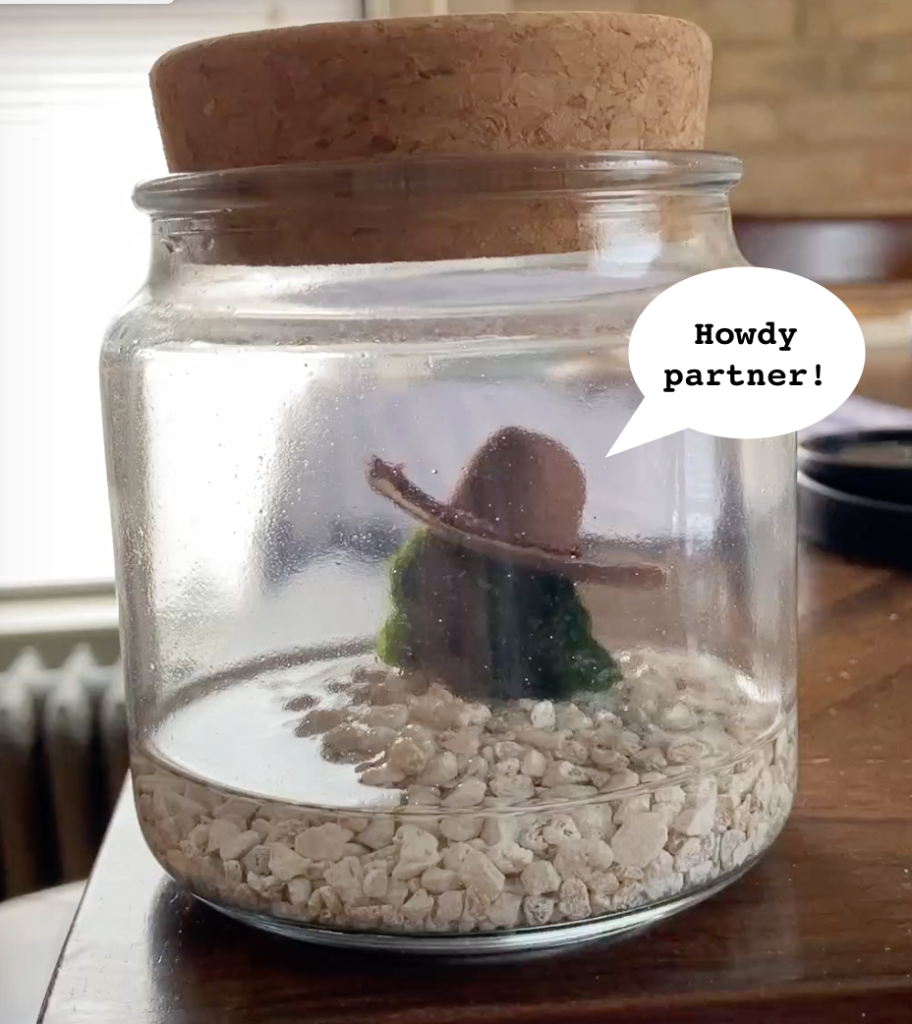
Other Things I Like!
I also like that you can buy hats for your moss ball! If you need to put it in direct sun for some reason, just pop its cowboy hat on to give it some shade. Or, just put on the hat for a photo shoot… Which is definitely something I have done. 😅 I think it is freaking adorable that one of my plants has a custom hat. It adds such a cute touch!
Lastly, the fact that this is a moss ball gives you a lot of creative freedom with the name. I love looking at the Moss Amigos story on Instagram because they share stories from people with the names they give their plant. While Bob Moss was a close contender, I decided to name my little guy Mosstin Ames. Yes, after the classic A Cinderella Story character. 😊
What Could Be Better with my Moss Amigos
As I mentioned above, this company isn’t really “sustainable”… But I can’t have a Moss Amigos review on this blog without mentioning packaging. This little guy came packaged in a cardboard box; but, there were plenty of plastics inside (including the pouch Mosstin was wrapped in!). I can’t knock this too much because the brand isn’t trying to be that eco-friendly, but I thought I would still bring it up.
While I think the hats are adorable, you can also argue that they are wasteful and unnecessary. I do agree that, in theory, they can be wasteful. But, if you keep your Moss Amigo for as long as it lives, then that hat will be useful that whole time as well. I personally get very attached to my plants, so I know Mosstin and his hat will be a feature in my apartment/home for many years to come!
The rise in popularity of marimo moss balls is also creating an issue with zebra mussels. This invasive species is attaching itself to moss balls and getting taken all over the world as companies don’t take care to get their moss balls from high quality sources. Moss Amigos discussed this on their Instagram and take extra care that their algae balls are sourced in high quality, mussel-free environments. While this is good, the trend of buying these balls is creating a new niche for cheaper, low quality balls that potentially have invasive species inside… So be careful if you buy marimo moss from other companies!
Summary of my Thoughts
All in all, I absolutely love Mosstin! He is cute, easy to take care of, and looks absolutely amazing in his hat. He adds a lot of character to the plants in my apartment, and I love supporting a small brand. The company could definitely improve their packaging to make it more eco-friendly, and I hate that an invasive species is hitching a ride on some marimo balls. If you are on the market for a moss ball, I suggest checking out Moss Amigos! 😍
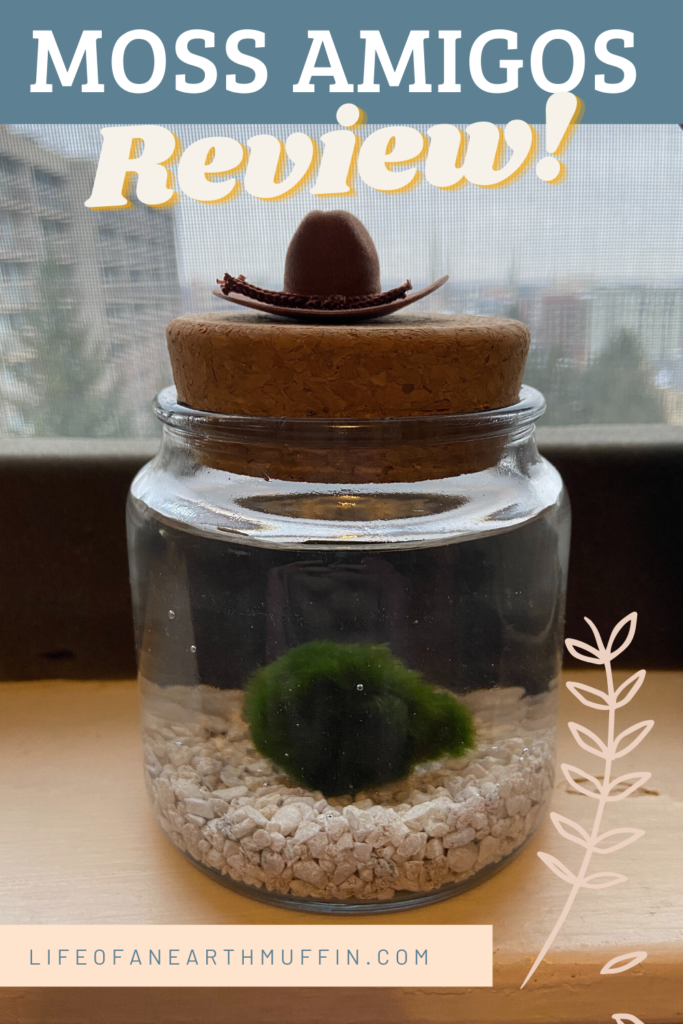
Love,
Jenna ♥


